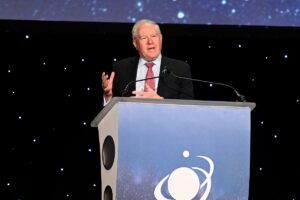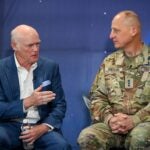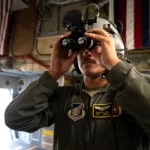
The Department of the Air Force is to review its science and technology (S&T) programs to determine which should continue, Air Force Frank Kendall said on May 9. Air Force Chief of Staff Gen. Charles Q. Brown, Chief of Space Operations Gen. B. Chance Saltzman, and Kendall "are gonna be reviewing all of our S&T programs," Kendall said at the Ash Carter Exchange on Innovation and National Security in Washington, D.C. "What we're gonna review them for is their viability,…














